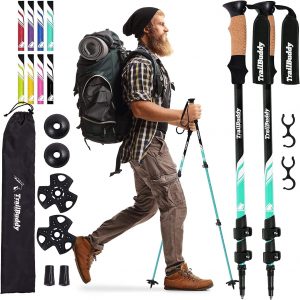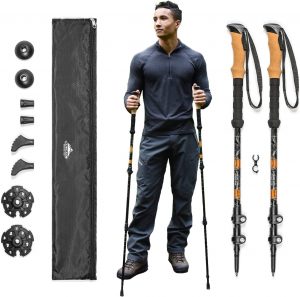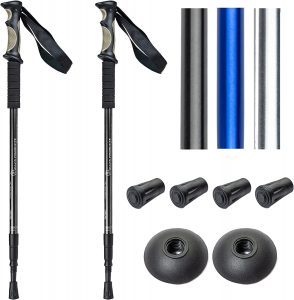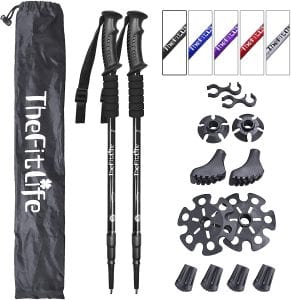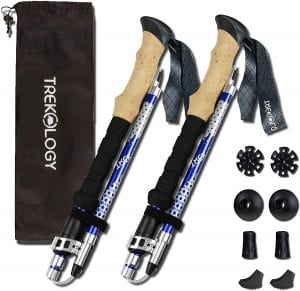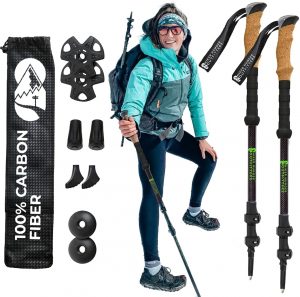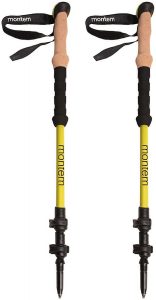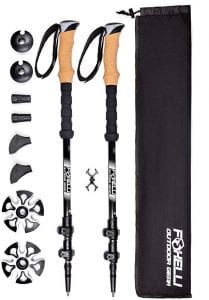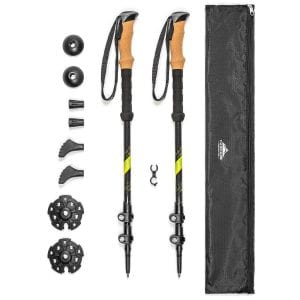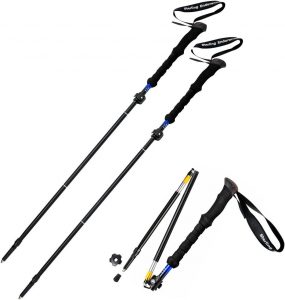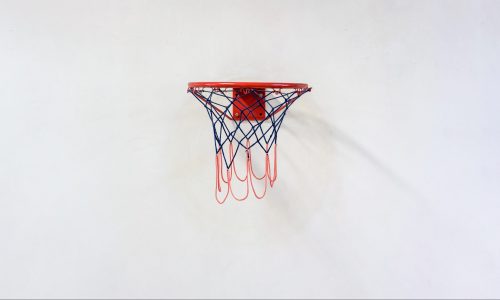The Best Hiking Poles
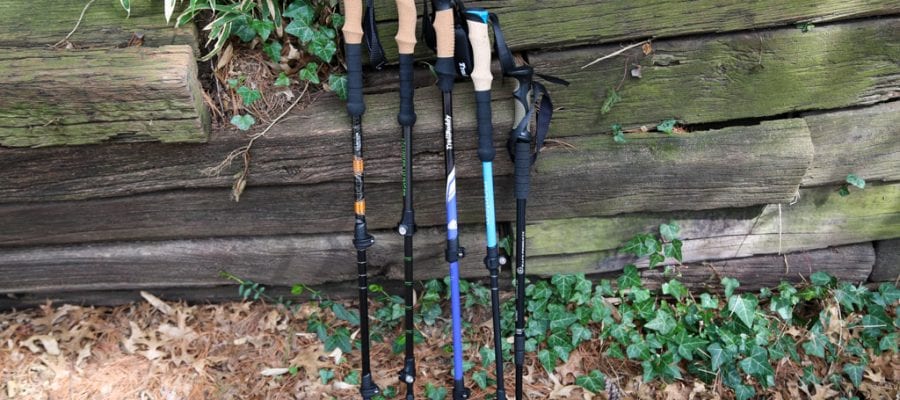
Our Review Process
Don't Waste Your Money is focused on helping you make the best purchasing decision. Our team of experts spends hundreds of hours analyzing, testing, and researching products so you don't have to. Learn more.
Our Picks For The Top Hiking Poles
- 1. Trail Buddy Padded Strap Trekking & Hiking Poles
- 2. Cascade Mountain Quick Lock Aluminum Hiking Poles
- 3. BAFX Products Anti-Shock Cork Handles Hiking Poles
- 4. TheFitLife Nordic Absorbing Extendable Hiking Poles
- 5. TREKOLOGY Trek-Z Ergonomic Compact Hiking Poles
- 6. Hiker Hunger Retractable Carbon Fiber Hiking Poles
- 7. Montem Adjustable Ultra Strong Trekking Hiking Poles
- 8. BLACK DIAMOND EVA Foam Grip Hiking Poles
- 9. Foxelli Anti-Slip Quick Lock Hiking Poles
- 10. Cascade Mountain Tech Lightweight Pressure Reduction Hiking Poles
- 11. Hikker Wrist-strap With Thermometer & Compass Hiking Pole
- 12. Sterling Endurance Petite Ultra Light Hiking Poles
These lightweight aluminum hiking poles are easy to adjust and come in eight bright colors. They're made from light aircraft-grade aluminum, so they won't weigh you down while you're walking or hiking.
Versatile OptionThese hiking poles are easy to adjust and colorful, without breaking the bank.
If you're tall or regularly hike in the snow, you'll benefit from these longer hiking poles, which are 53 inches in length. The aircraft-grade aluminum gives you a durable, high-quality pole for a fraction of the price of similar poles made from the same material. You'll get plenty of extras, including mud baskets, snow baskets and rubber boot tips...
Longer LengthIf you're new to hiking using trekking poles, this is an easy-to-use set that will help you get started.
These lightweight 12-ounce hiking poles are shock resistant and sturdy. They are made from aircraft-grade aluminum. As a result, they are very durable and easy to carry an any trail. The reasonable price point is appealing, as it fits most budgets.
Economical Price TagYou'll find these hiking poles are available in black, blue and silver.
These poles pack in plenty of versatility with a design that works with a wide variety of terrain types. The long EVA foam handles absorb moisture to give you a stable grip at all times. You'll get all the accessories you could need, including a carrying bag, clips, mud baskets, walking caps, snow baskets and rubber tips.
Superior Shock AbsorptionThe high-quality aluminum design of these poles provides excellent shock absorption, which relieve pressure on your joints.
Buying Guide
If someone tells you to take a hike, instead of assuming it’s an insult, consider it as awesome advice. A hike can lead you to wonderful new places. And, now that you’re heading for the trails, you’ll need a bit more gear than boots to keep you going strong.
If you think you’re too young to need hiking poles or your chosen route is not technical enough, you might think hiking poles are overkill. You would be wrong.
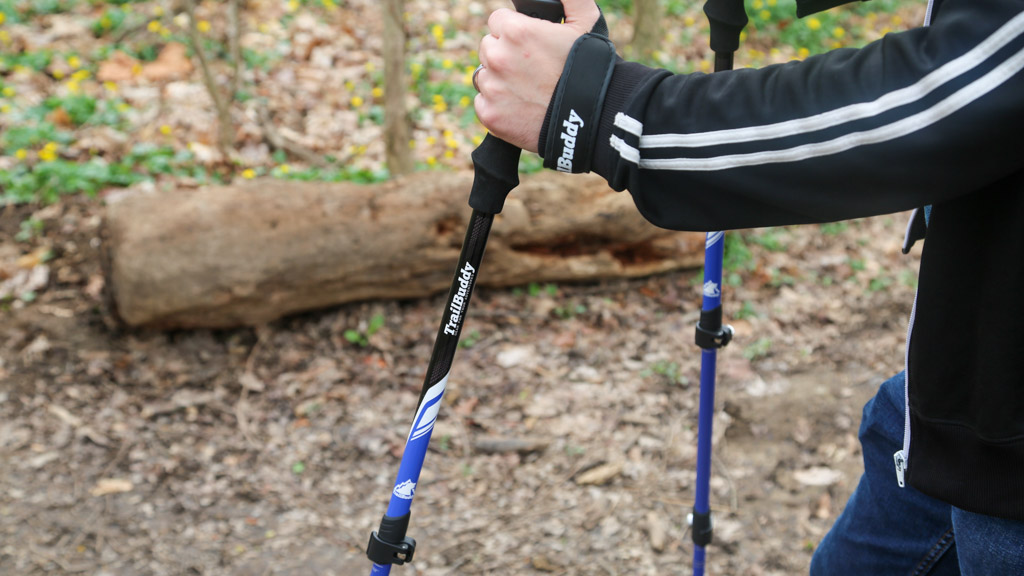
The right pair of trekking poles can take your hiking to new heights, literally. Trekking poles offer many hidden advantages. They help combat sore muscles before the aches begin. In fact, the poles reduce the impact on your knees and other joints. Additionally, they also increase stability and confidence on any terrain. That means you can move faster and cover more trail quicker. As such, they are good for everyone, not just older hikers. Weekend warriors, thru-hikers, backpackers and day-hikers of all ages are grabbing a set of poles along with their hiking boots before hitting the trail.
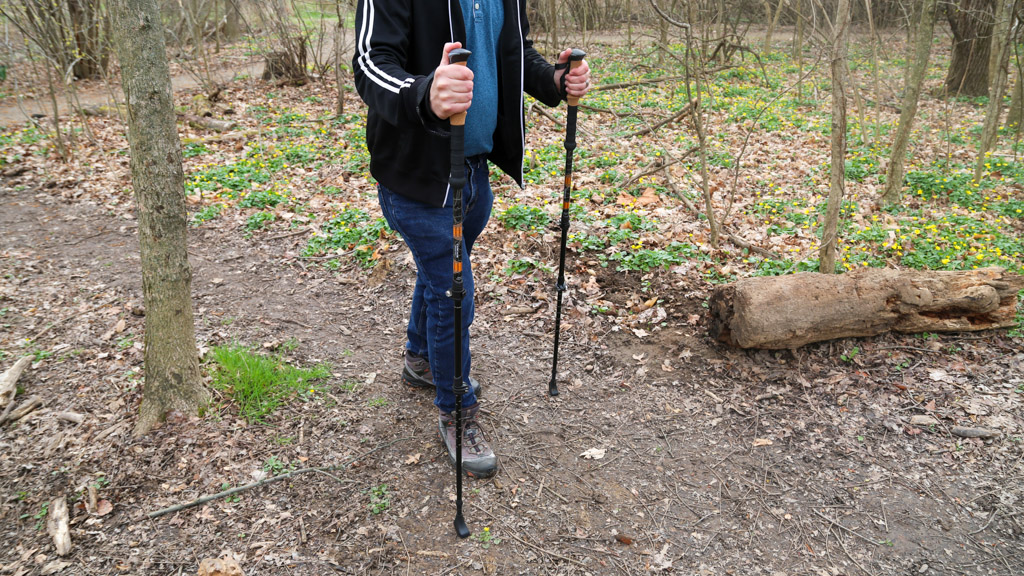
Now that you’re thoroughly convinced of the usefulness of trekking poles, here’s how to find the best pair for you.
First, trekking poles don’t have to be used in pairs. If you’re more comfortable taking one on the trail, that’s totally fine. Next, you want your poles to fit you perfectly, so the length is adjustable. The adjustable poles will have two main locking mechanisms to secure your desired pole length: flick and twist locks. Flick locks are generally better in the winter because they are easy to adjust with bulky gloves on. They also can endure frigid temperatures. On the other hand, the twist locking system is ideal for summer hikes. They are easier to adjust while you’re going along.
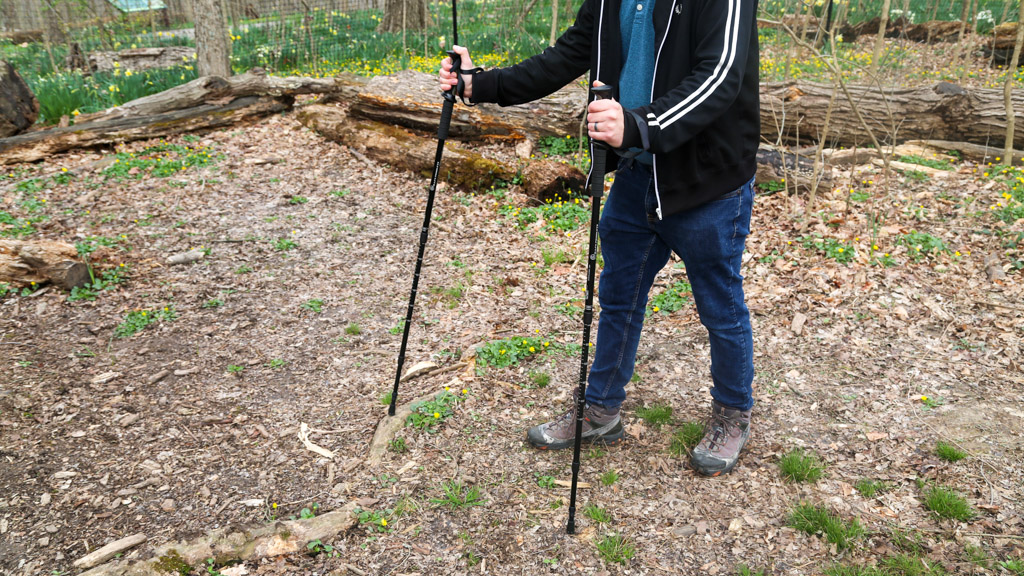
If achy joints plague you, then you’ll want to look for poles with shock-absorption. Like shocks on a bike or a car, they dampen the impact and lessen the stress. They reduce the impact on downhill hiking, working wonders. However, it comes at the cost of some power on uphills.
All poles will label themselves as lightweight. What light means from one manufacturer to another varies. Every year, manufacturers innovate with ever lighter and stronger materials, so generally, newly introduced poles will be the lightest. Most are made of aluminum or carbon. Both materials bring benefits and drawbacks. Aluminum is more durable while carbon is lighter. A few ounces may not seem significant, but every ounce counts in a backpack and on the trail.
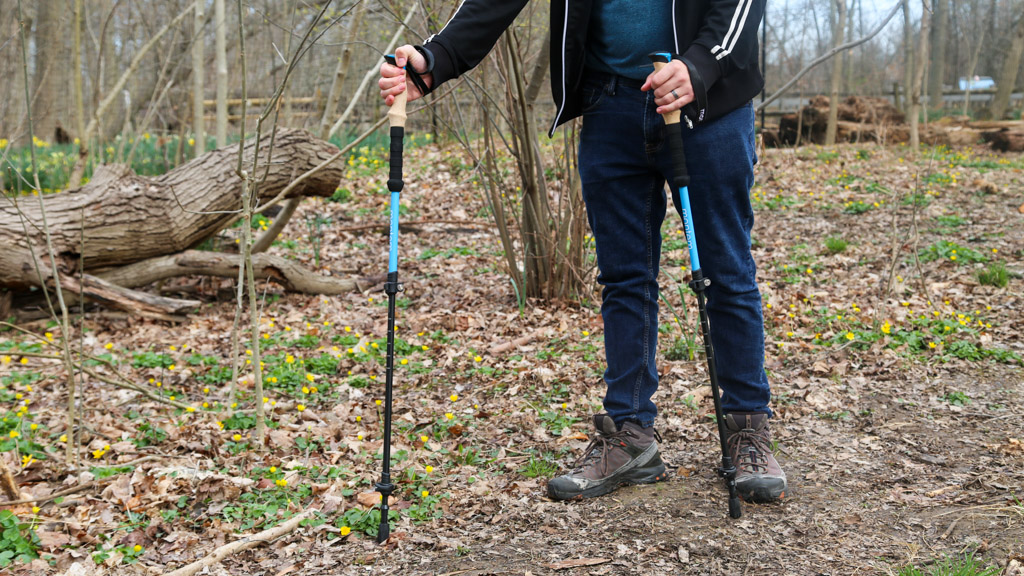
The material used on the grip of each pole is also a key feature to consider. It will influence how comfortable the poles are throughout a short or long hike. Pole grips are generally made of one of three materials. Foam is most comfortable and softest, but it absorbs water, so it’s not the best in wet climates. Cork molds to your hand and is moisture-resistant and antimicrobial, making them a good all-around choice. However, cork is pricier. Finally, rubber is a bit less comfortable, but it is water-resistant and ideal for winter activities.
Beyond materials, many manufacturers back their products with lifelong guarantees. Some poles are made to last a lifetime of hikes, so companies offer a lifetime replacement guarantee.
Hiking or trekking poles can make any hike more comfortable and safe for anyone.
What to Look For
- Trekking poles are super versatile on the trail. You can use them to pitch tents or tarp shelters, so you can leave your tent poles at home. It’s an excellent way to lighten the load in your pack.
- Some higher-end models have shock absorbers that can be turned on and off. This is helpful because you want shock absorption going downhill, but it’s better to hike uphill without.
- Pole grips are generally made of foam, cork or rubber. Rubber is best in winter, and foam is the most comfortable. Cork resists moisture and soaking up smells.
- A general rule of thumb for adjusting your pole height is to stand upright and bend your arms at 90 degrees. If your route is steeper, you’ll want shorter poles for uphill and longer poles for downhill sections.
- Many hiking poles will come with excellent warranties, some with lifetime guarantees. They are made to be durable and last, so manufacturers will back the product.
- Using trekking poles may also mean you use more energy on the trail. While using poles, you swing your arms and use more energy overall. It provides a total body workout and may mean you need to eat more calories on the trail.
- Hiking poles can help improve your breathing. When you walk with poles, you automatically stand with a more upright posture, with head raised and proud open chest.
This review has been updated by DWYM staff.
More to Explore
Hiking and trekking poles can trace their origin back to rudimentary walking sticks and canes. Nearly every culture has had their own specific version of a walking stick over the years. There’s the German Ziegenhainer, a knotty stick. Also, the kebbie is a rough Scottish walking stick with a hooked head. The Irish shillelagh, made of blackthorn, is very similar. The whangee is the Asian variation and made of bamboo. It does double-duty as a riding crop, too. If you happen to acquire a large collection of walking sticks, you’ll become a rabologist.
Throughout history, travelers around the world have used these walking sticks and many more for support while exploring. Armed with a pole in each hand, they’ve trekked through the snow, climbed mountains or crossed the Great Plains.

